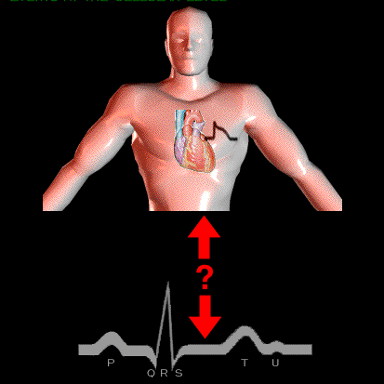
For the clinician who interprets electrocardiograms, understanding how the electrical activity occurring within the heart translates to the wave form recorded on the body surface electrocardiogram, and conversely, how changes in the electrocaardiographic wave form recorded on the body surface relate to what is happening within the heart itself is often difficult.
